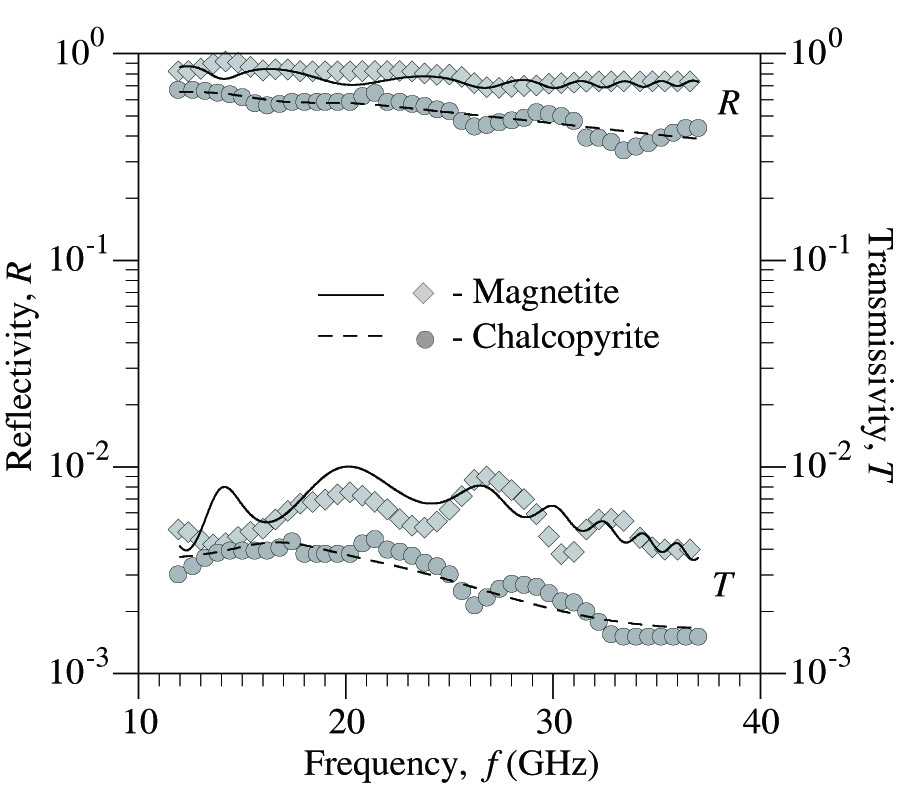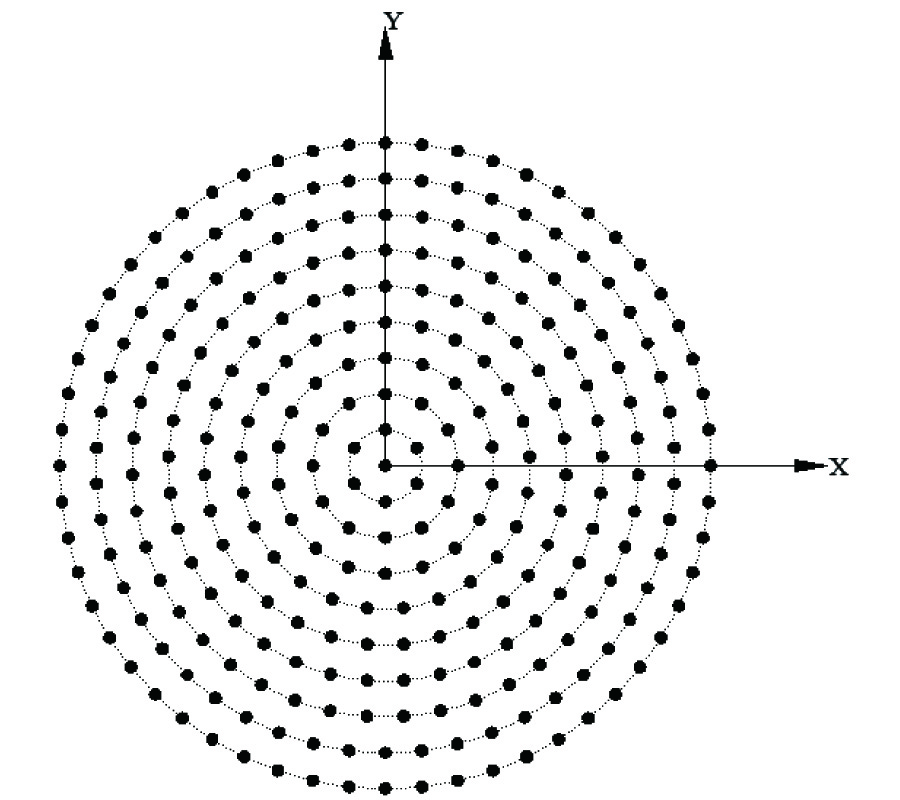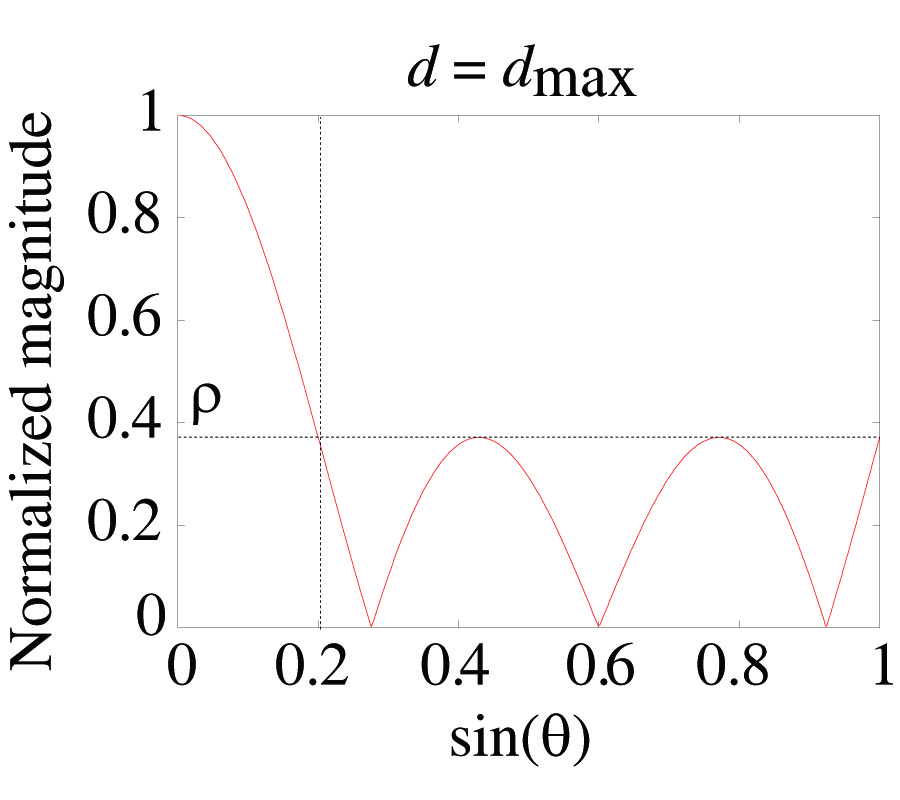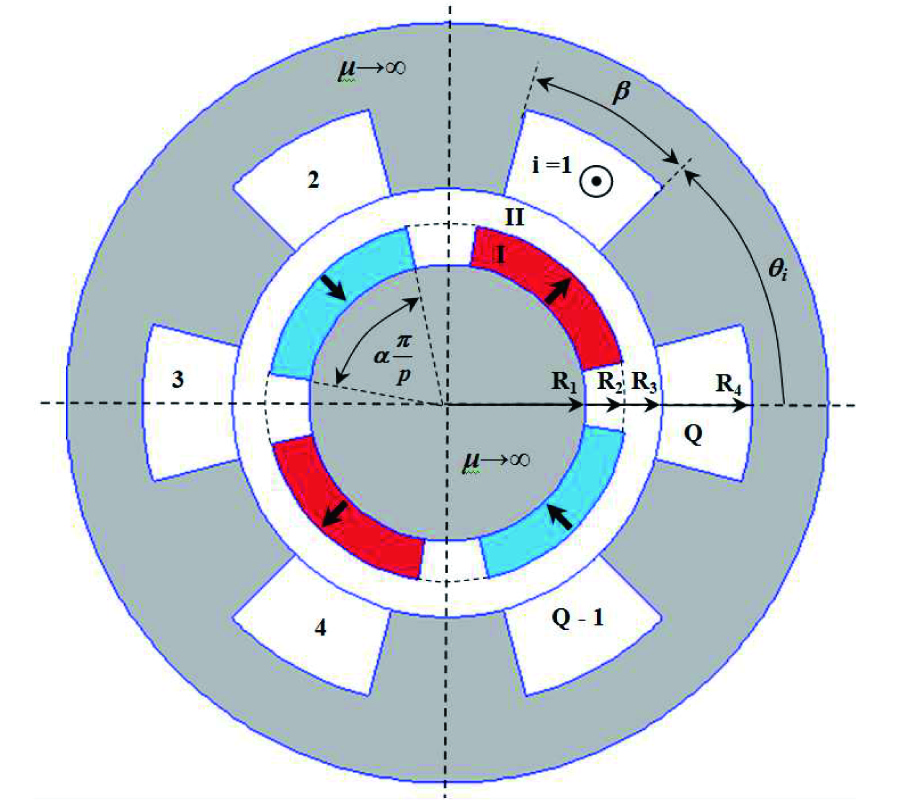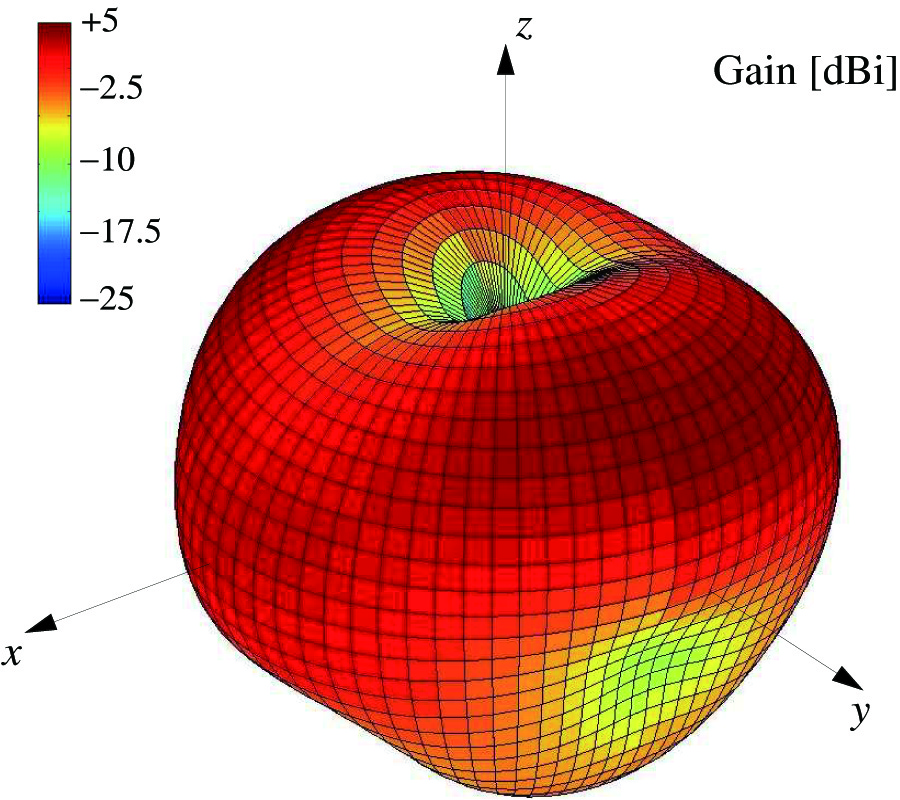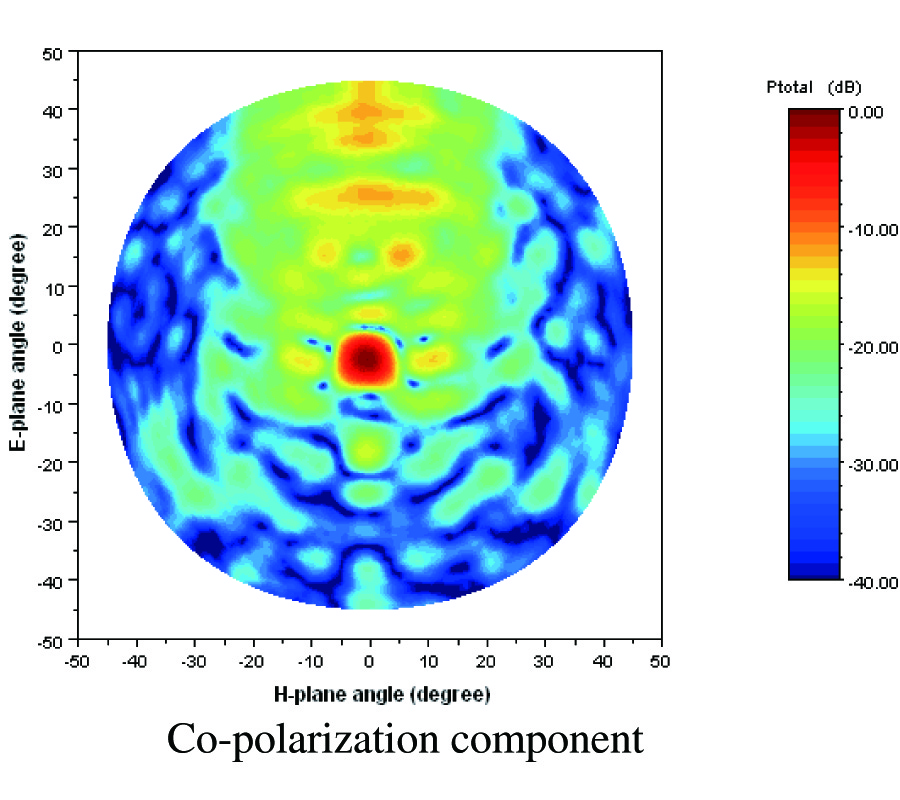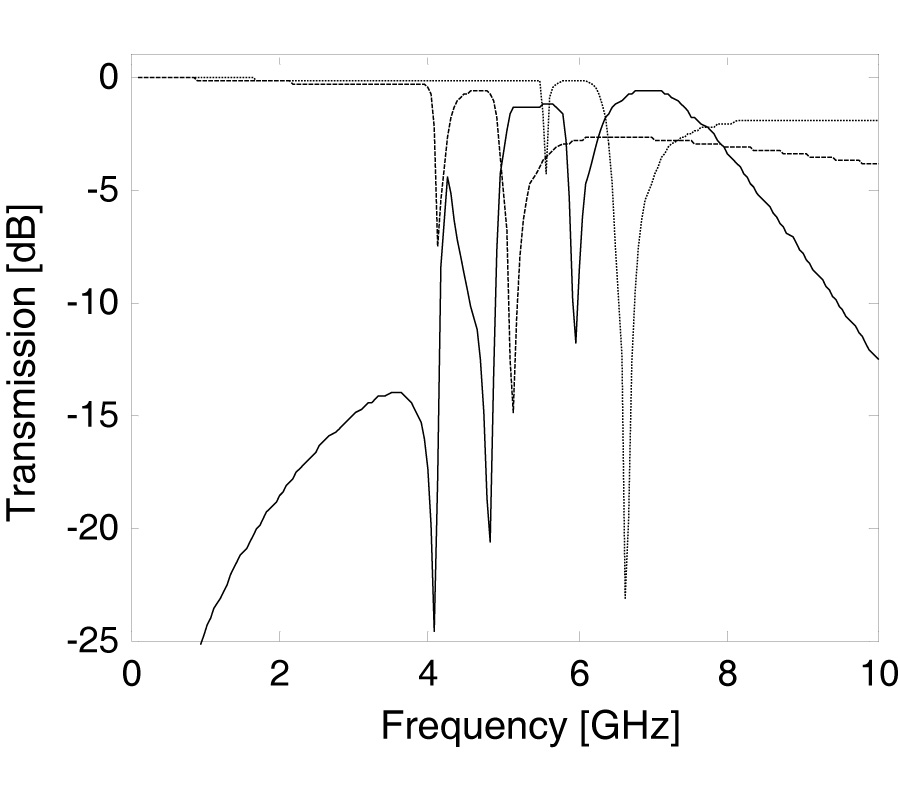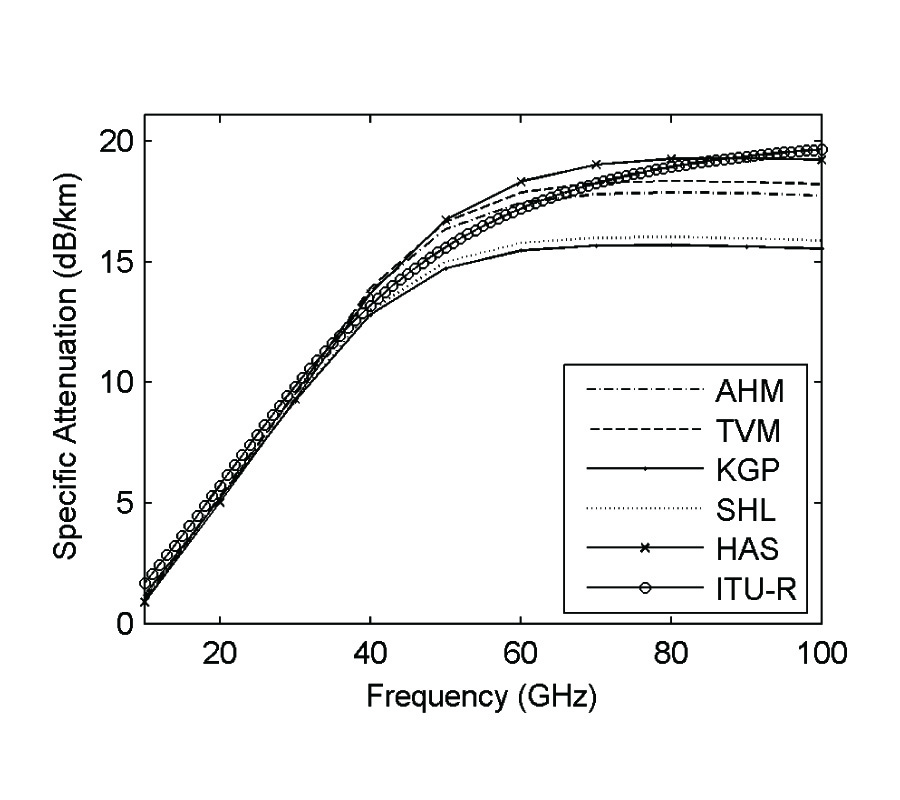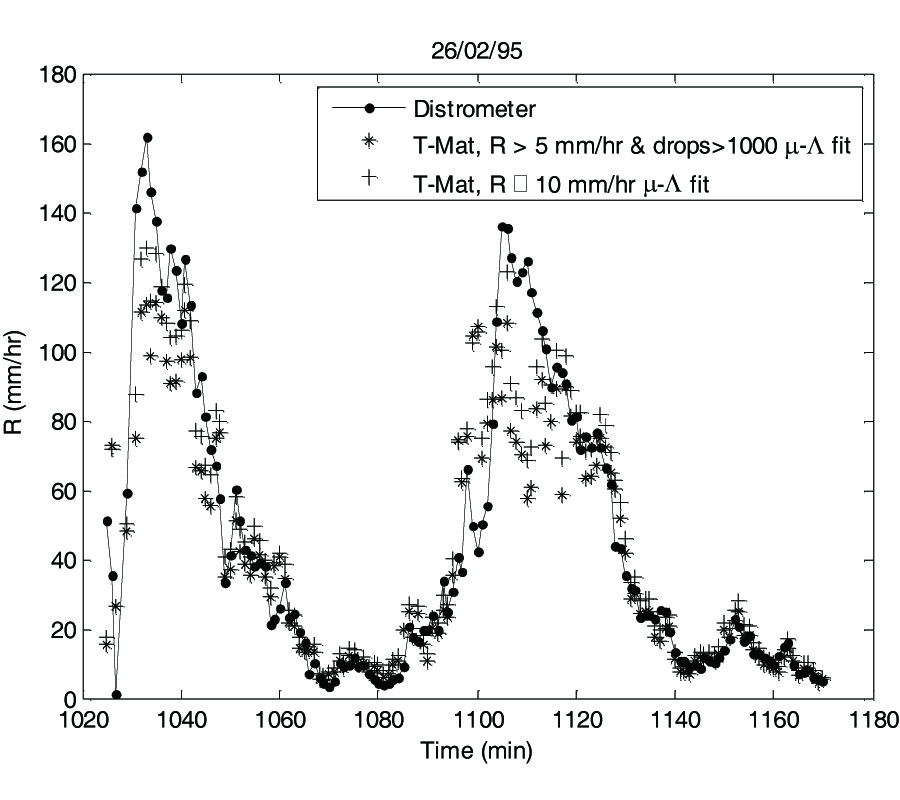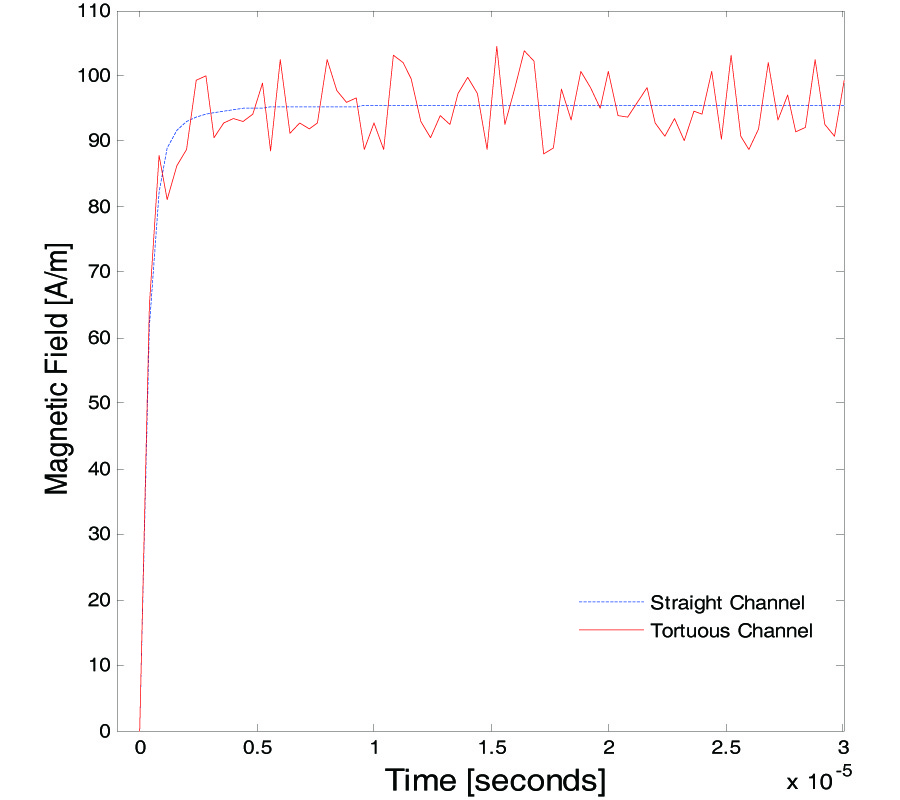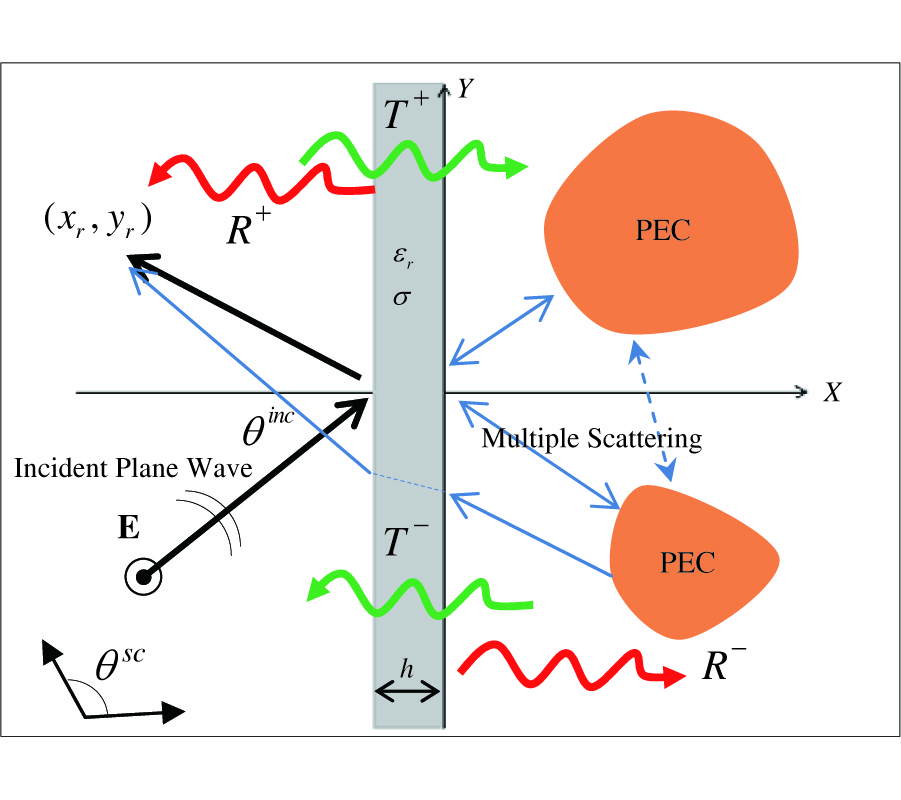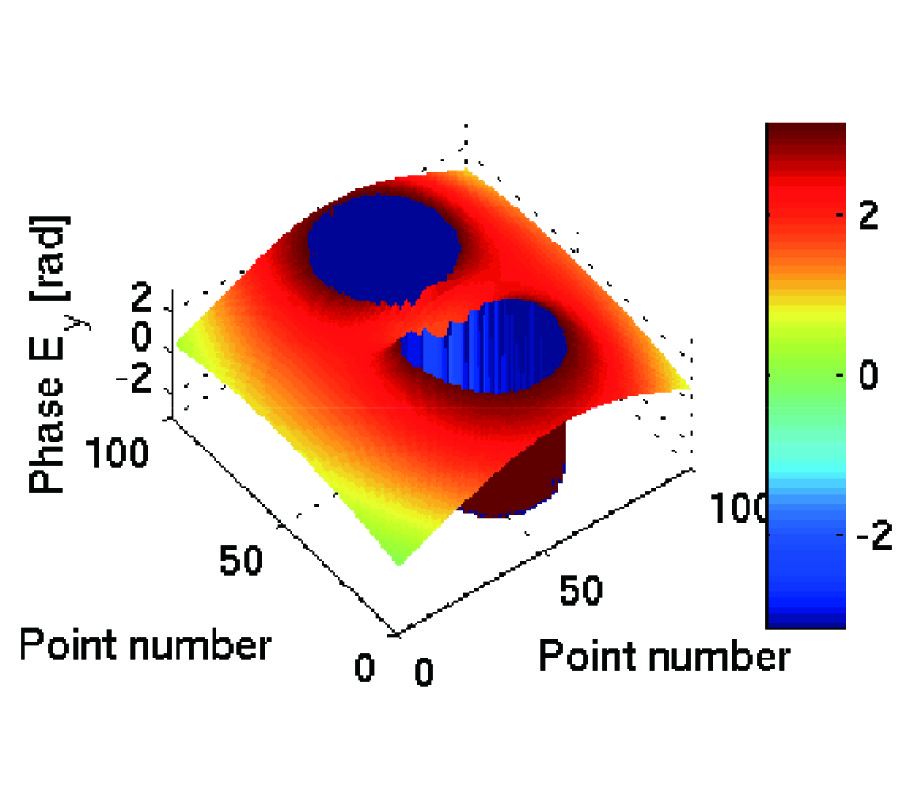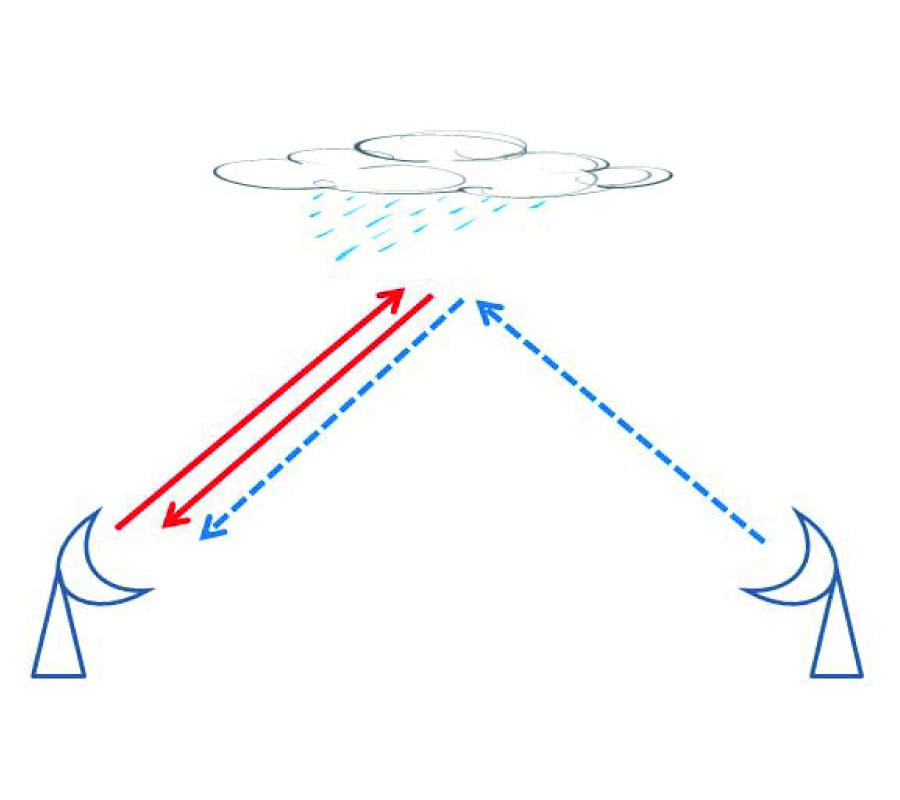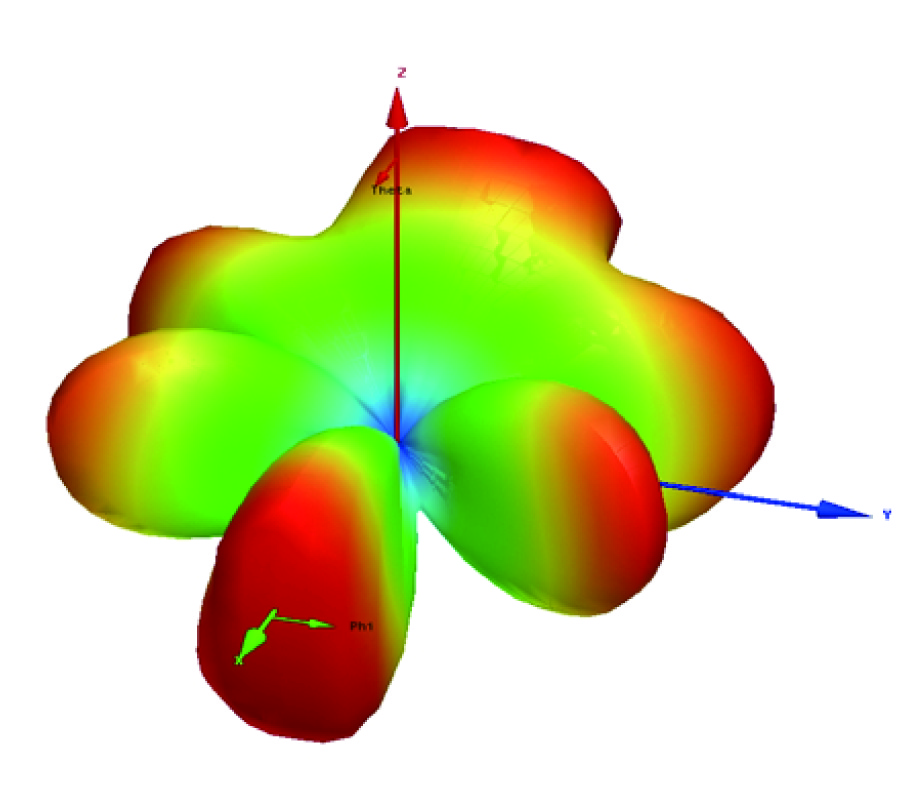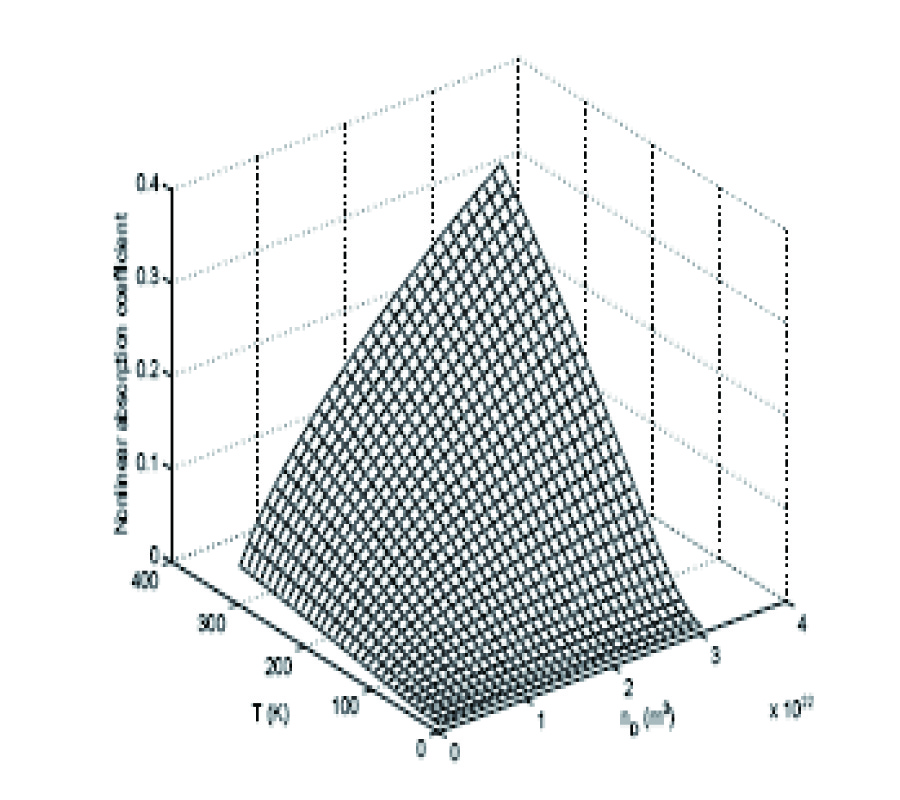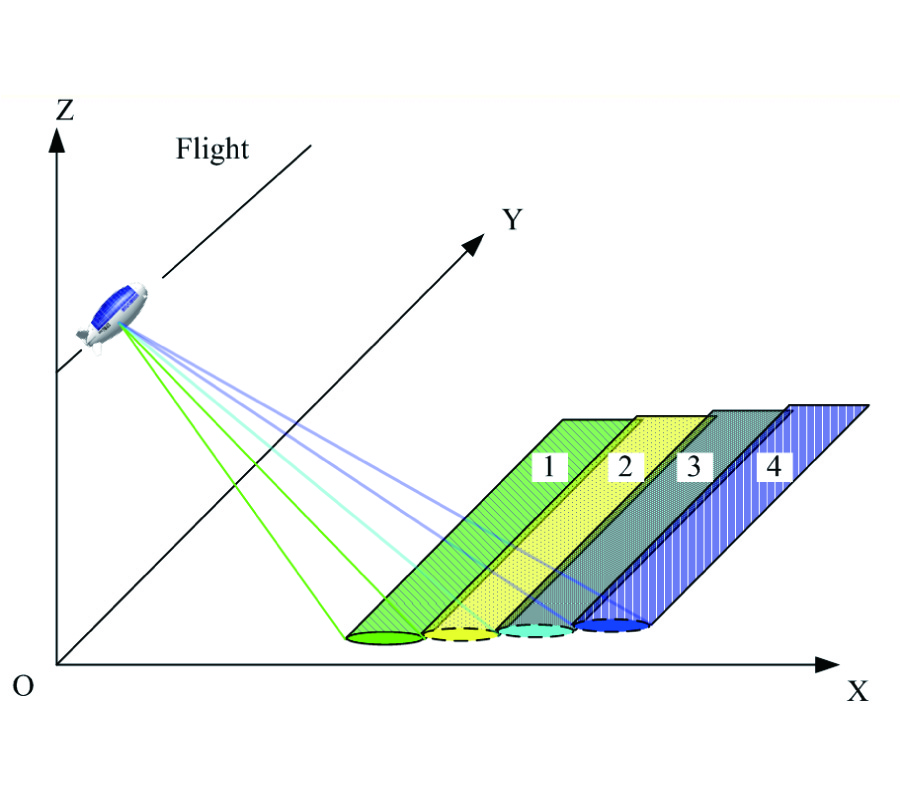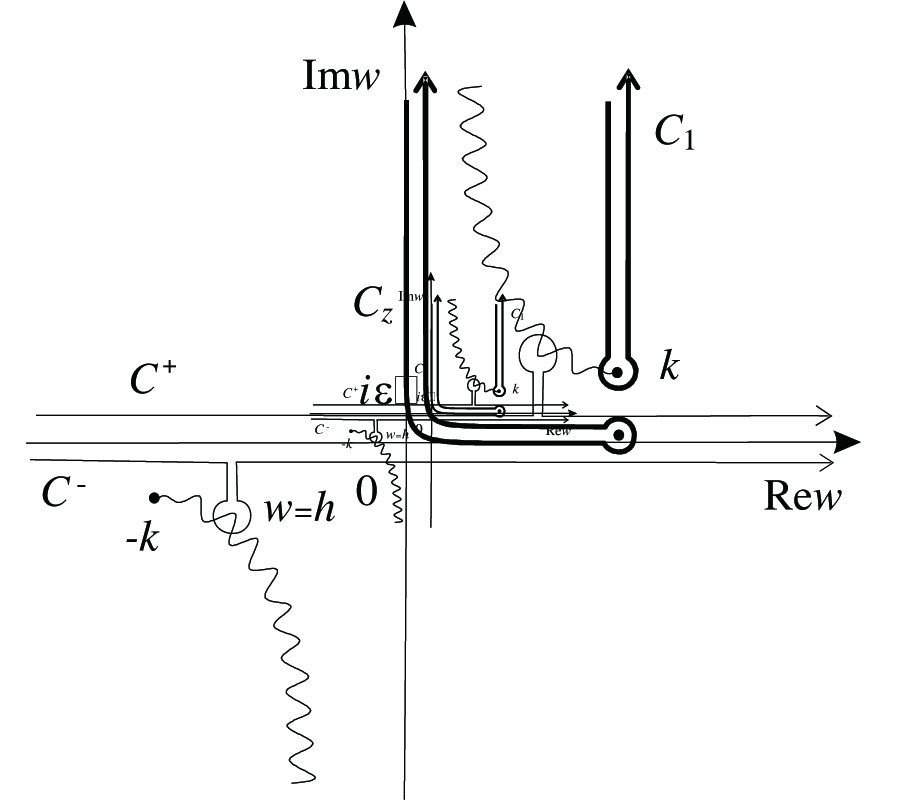How Lightning Tortuosity Affects the Electromagnetic Fields by Augmenting Their Effective Distance
Scott L. Meredith,
Susan K. Earles,
Ivica N. Kostanic,
Niescja E. Turner and
Carlos E. Otero
A novel approach for developing the electromagnetic fields from a lightning return stroke which follows a tortuous path will be presented. The proposed model is unique in that it recognizes that the symmetrical tortuosity of lightning directly impacts the observable distance r, which in turn, alters the resulting electromagnetic fields. In the literature, lightning return stroke models typically employ the assumption that the cloud-to-ground path is straight. Although this assumption yields fairly consistent results across an array of varying approaches, it does not account for lightning's natural physical appearance. Furthermore, straight-line models only account for the cloud-to-ground discharges and do not address branching and/or cloud-to-cloud discharges which are far more common. In reality, the ``steps'' which make up the lightning channel's initial descent are staggered or tortuous with respect to each other. Given this fact, the upward traveling current wavefront which follows this prescribed path will exhibit the same characteristics. In doing so, each current segment, which forms along its respective step, induces electromagnetic fields with angular aggregates that propagate outward from their origin. This, in turn, will generate spatial points where there are fields of higher and lower intensities. The results presented in this paper will show how the effective observable distance due to symmetrical tortuosity alters the resulting electromagnetic fields. Furthermore, it will be shown that as the observable distance r is increased, results from the proposed model closely resemble the straightline model which strongly suggests that symmetrical tortuosity is only influential at relatively close distances.
